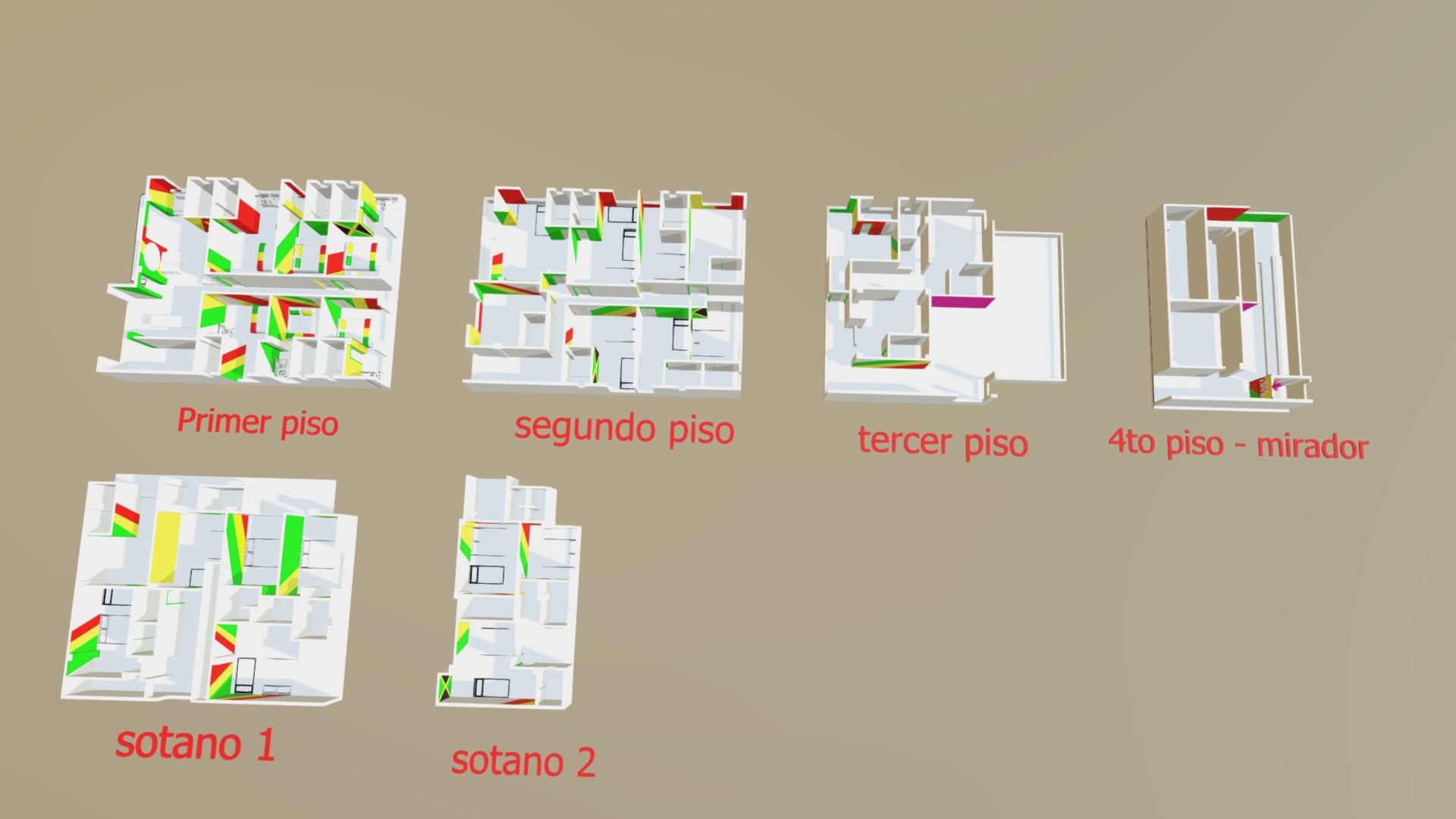
RAS- Onv
sketchfab
The human brain is a complex and highly specialized organ that plays a crucial role in our ability to think, learn, and interact with the world around us. It is estimated that the human brain contains over 100 billion neurons, each of which can form thousands of connections with other neurons. This vast network of interconnected cells allows for rapid communication and processing of information, enabling us to perceive, process, and respond to a wide range of sensory inputs. One of the most remarkable features of the human brain is its ability to reorganize itself in response to injury or disease. This process, known as neuroplasticity, allows the brain to compensate for damaged areas by forming new connections between neurons. For example, research has shown that people who are born with congenital blindness can develop a heightened sense of hearing and even learn to perceive touch through their tongue. Despite its incredible abilities, the human brain is also vulnerable to a range of disorders and diseases. Alzheimer's disease, for example, is a degenerative condition that affects millions of people worldwide, causing memory loss, confusion, and disorientation. Parkinson's disease, on the other hand, is a progressive disorder that affects movement and coordination. Fortunately, advances in neuroscience have led to a greater understanding of brain function and the development of new treatments for these conditions. Researchers are now working to develop more effective therapies, including medications, surgical interventions, and behavioral therapies. By continuing to study the human brain, scientists hope to unlock its secrets and improve our understanding of this complex and fascinating organ. In recent years, significant progress has been made in our understanding of the brain's structure and function. Advances in imaging technologies have allowed researchers to visualize the brain in unprecedented detail, revealing new insights into the neural circuits that underlie various cognitive and behavioral processes. For example, studies using functional magnetic resonance imaging (fMRI) have shown that different areas of the brain are activated when we perform specific tasks, such as language processing or spatial reasoning. The study of the human brain is an ongoing process, with new discoveries being made regularly. As our understanding of brain function continues to grow, we can expect to see significant advances in the diagnosis and treatment of brain disorders. By exploring the intricacies of the human brain, scientists hope to unlock its secrets and improve our quality of life.
With this file you will be able to print RAS- Onv with your 3D printer. Click on the button and save the file on your computer to work, edit or customize your design. You can also find more 3D designs for printers on RAS- Onv.
